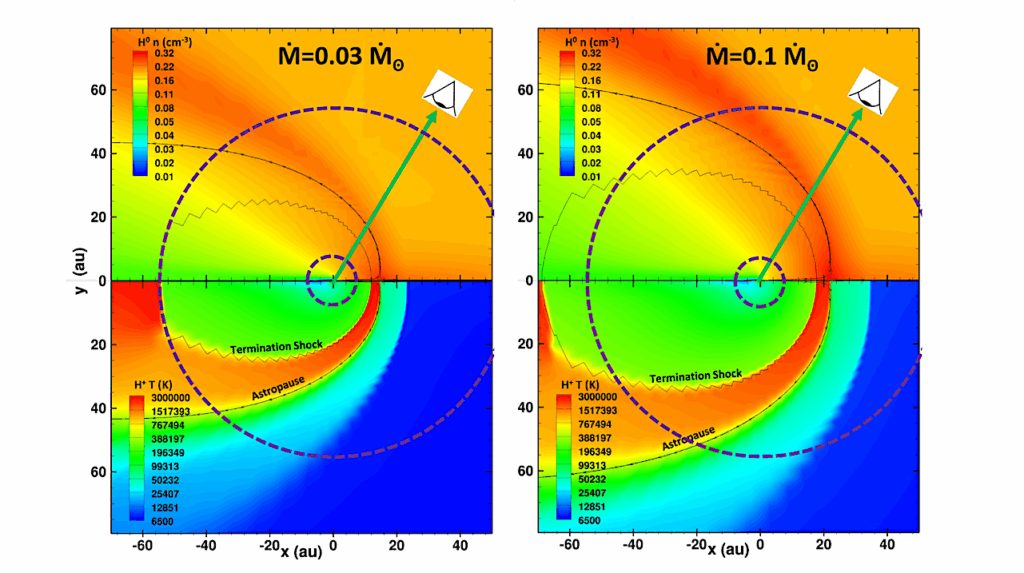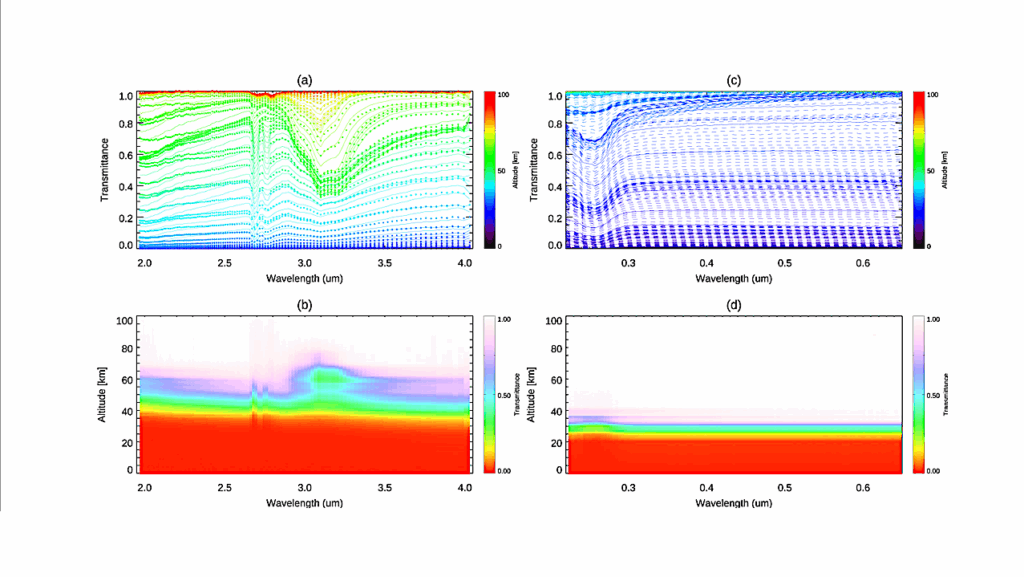Tricorder Tech: Developing An Instrument for Finding Extraterrestrial Bacteria

A NASA scientist wants to create a planetary robot that would mimic what biologists do every day in terrestrial laboratories: look through microscopes to visually identify microbial life living in samples.
Although very early in its technology development, the concept would take NASA’s hunt for extraterrestrial life to the next level by actually looking for bacteria and archaea in soil and rock samples. So far, NASA’s rovers have carried tools and instruments designed to look for biosignatures or signs of life that indicate habitability, not life itself, regardless of how primitive.
“Life exists everywhere on Earth, even in places that are incompatible to humans,” said Melissa Floyd, a scientist at NASA’s Goddard Space Flight Center in Greenbelt, Maryland, who is using Goddard Internal Research and Development program funding to automate subsystems for a laboratory breadboard called FISHBot. “I had this idea, actually a major assumption on my part: what if life evolved on Mars the same way it did here on Earth? Certainly, Mars was bombarded with the same soup of chemistry as Earth.”
It’s not a huge assumption to make, she added. Nucleotides — the molecules that form deoxyribonucleic acid and ribonucleic acid — have been found in comets. Better known as DNA and RNA, these molecules store and transfer genetic information at a cellular level in all living organisms on Earth.
Search for Bacteria and Archaea
To find life on another planet, Floyd’s robotic instrument would concentrate on identifying bacteria and archaea, members of a large group of single-cell microorganisms that thrive in diverse environments and are thought to be the first organisms to appear on Earth about 4 billion years ago. On Earth, one gram of soil typically contains about 40 million bacterial cells and a milliliter of fresh water usually holds 1 million cells.
Her concept, which she believes could deploy as a stand-alone robot or one of several instruments on a rover, relies on a widely used technique called fluorescent in situ hybridization — or FISH — developed to detect and locate the presence or absence of RNA or single-stranded DNA sequences on chromosomes. These threadlike structures are found in the nuclei of most living cells and carry genetic information in the form of genes. Since its development, FISH has been used for genetic counseling, medicine and species identification.
When performed in a laboratory, FISH involves, among other things, applying a sample to a slide, fixing the cells to increase cell-wall permeability, adding a nucleotide “probe” — a short sequence of typically 15 to 20 nucleotides along with a fluorescent tag for faster identification — and heating the sample. The slide is then placed under a microscope. When the nucleotide probe attaches to a similar nucleotide in the sample, it literally fluoresces or glows under a fluorescence microscope, helping researchers to identify the organism.
“I’m trying to determine whether I can do the same thing with a robot,” Floyd said, adding that she would want the system to carry as many as 10 probes to identify a broad range of single-cell organisms. “If there are even fragments of highly conserved genetic sequences that we see in every corner of Earth, FISH will be the tool capable of detecting it.”
The Automation Challenge
The challenge, she said, is simplifying and automating the process so that samples can be prepared on individual slides, heated, and automatically rotated for viewing under a microscope, which likely would have to be focused many times to see deep within the sample. With her funding, Floyd is developing the automated subsystems, including a focuser.
“The idea here is to replace with a robotic system what a scientist does in the lab,” she said. “I could be completely wrong” about life taking root on Mars or another solar system body in the same way that it did on Earth. “But how do we know? We’ve never looked.”








